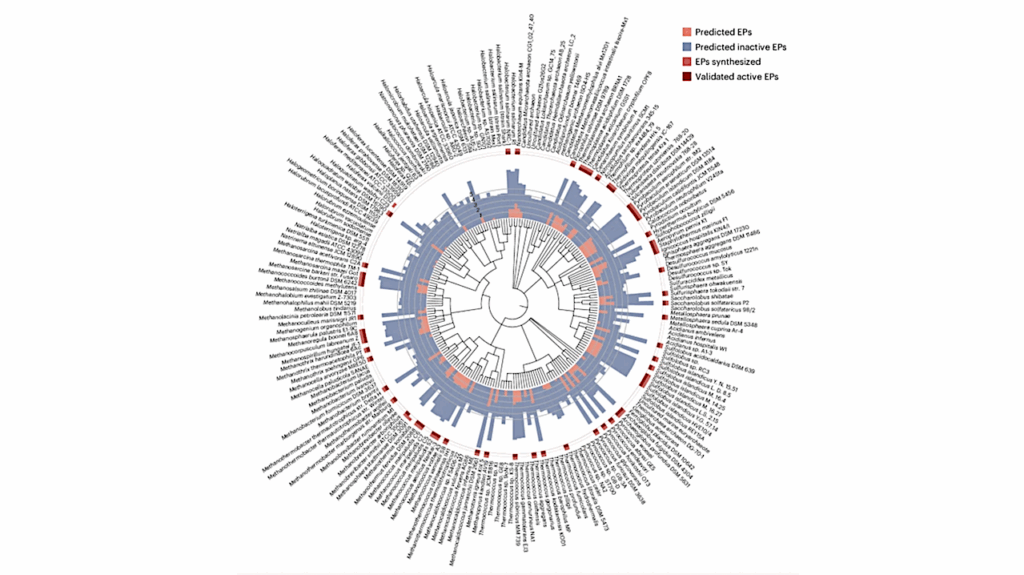Extremophiles And Their Expanding Biotechnological Applications

Microbial life is not restricted to any particular setting. Over the past several decades, it has been evident that microbial populations can exist in a wide range of environments, including those with extremes in temperature, pressure, salinity, and pH.
Bacteria and Archaea are the two most reported types of microbes that can sustain in extreme environments, such as hot springs, ice caves, acid drainage, and salt marshes. Some can even grow in toxic waste, organic solvents, and heavy metals. These microbes are called extremophiles.
There exist certain microorganisms that are found capable of thriving in two or more extreme physiological conditions simultaneously, and are regarded as polyextremophiles. Extremophiles possess several physiological and molecular adaptations including production of extremolytes, ice nucleating proteins, pigments, extremozymes and exopolysaccharides. These metabolites are used in many biotechnological industries for making biofuels, developing new medicines, food additives, cryoprotective agents etc.
Further, the study of extremophiles holds great significance in astrobiology. The current review summarizes the diversity of microorganisms inhabiting challenging environments and the biotechnological and therapeutic applications of the active metabolites obtained as a response to stress conditions. Bioprospection of extremophiles provides a progressive direction with significant enhancement in economy.
Moreover, the introduction to omics approach including whole genome sequencing, single cell genomics, proteomics, metagenomics etc., has made it possible to find many unique microbial communities that could be otherwise difficult to cultivate using traditional methods.
These findings might be capable enough to state that discovery of extremophiles can bring evolution to biotechnology.
Extremophiles and their expanding biotechnological applications, Archives of Microbiology ( IF 2.8 ) Pub Date: 2024-05-07 , DOI:10.1007/s00203-024-03981-x Manvi Rawat, Mansi Chauhan, Anita Pandey via X-MOL
Astrobiology








